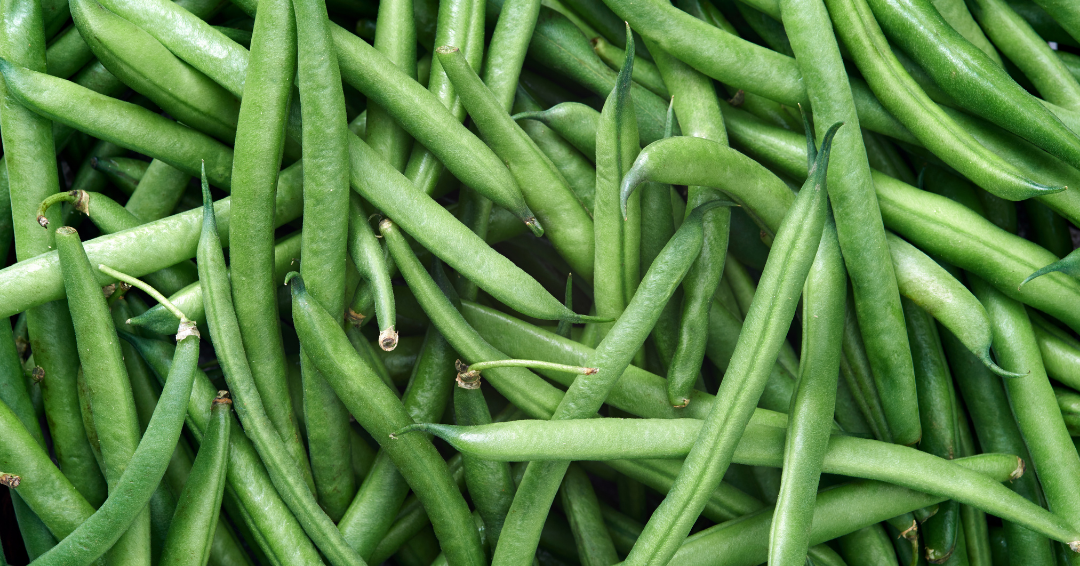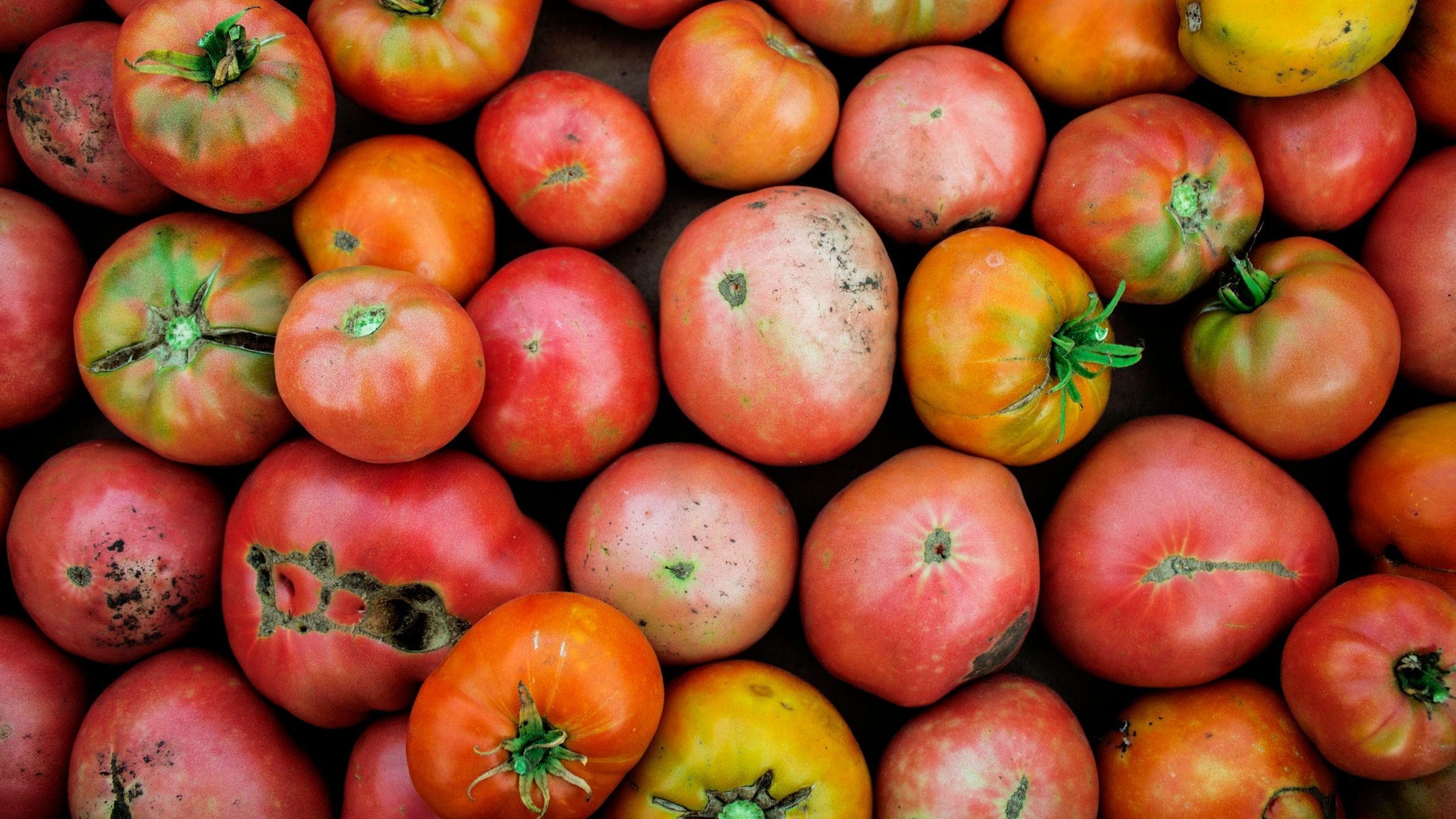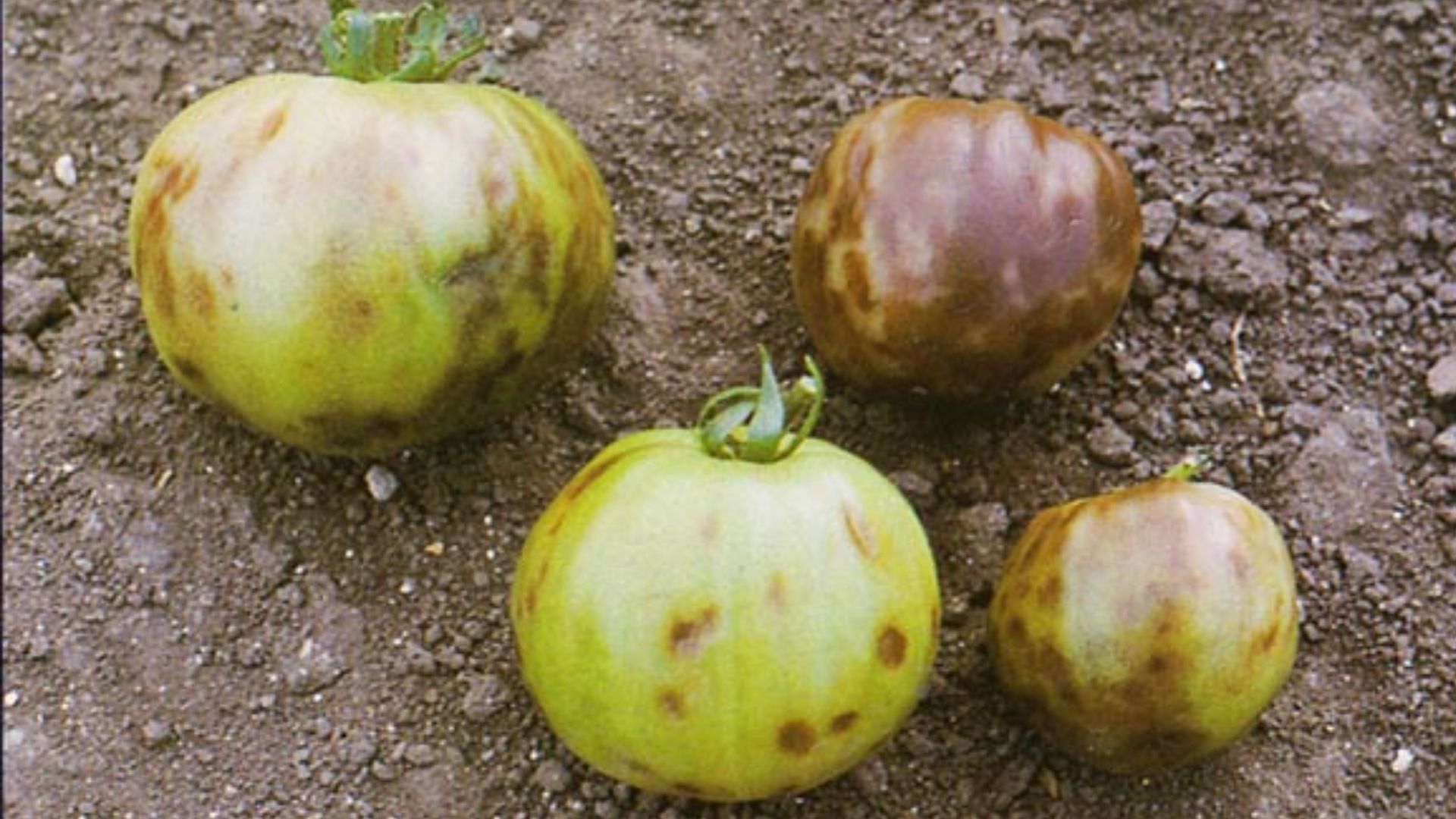Fact Sheets - Vegetable Diseases
For more vegetable disease information reference the Vegetable Pests of Utah Guide and Utah Vegetable Production and Pest Management Guide
Botrytis Neck Rot of Onion
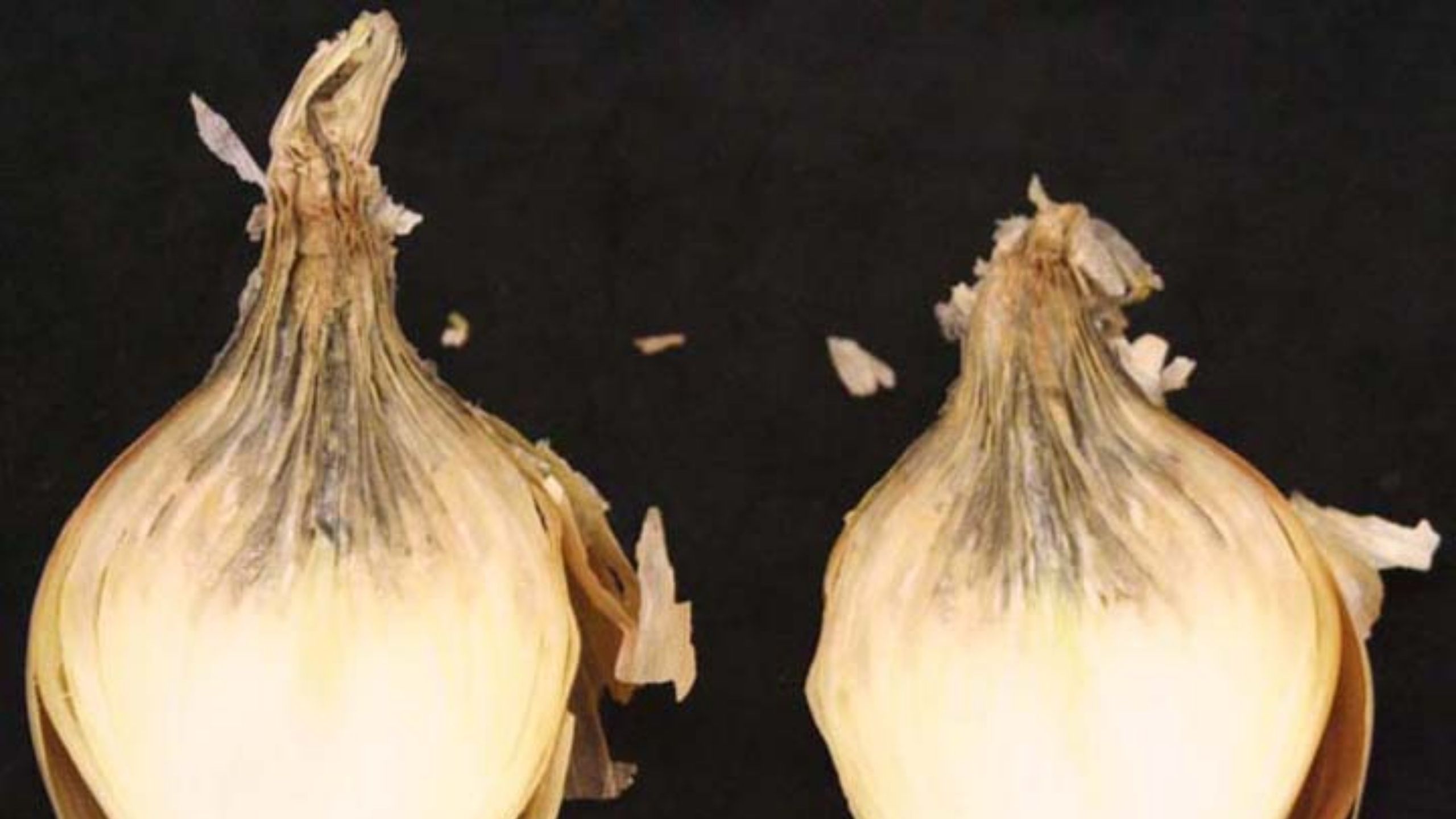
Botrytis neck rot is a post-harvest storage disease. It is caused by the fungi Botrytis aclada and B. allii. Infections occur in the field mainly through uncured necks but pathogen remains inactive until weeks later.
Big Bud in Tomatoes and Peppers

Big Bud is caused by Phytoplasma species. Phytoplasmas are a
unique type of small bacteria that do not have a cell wall. Phytoplasmas are transmitted from one plant to another by phloem-feeding insects such as leafhoppers and psyllids
Candidatus Liberbacter of Pepper
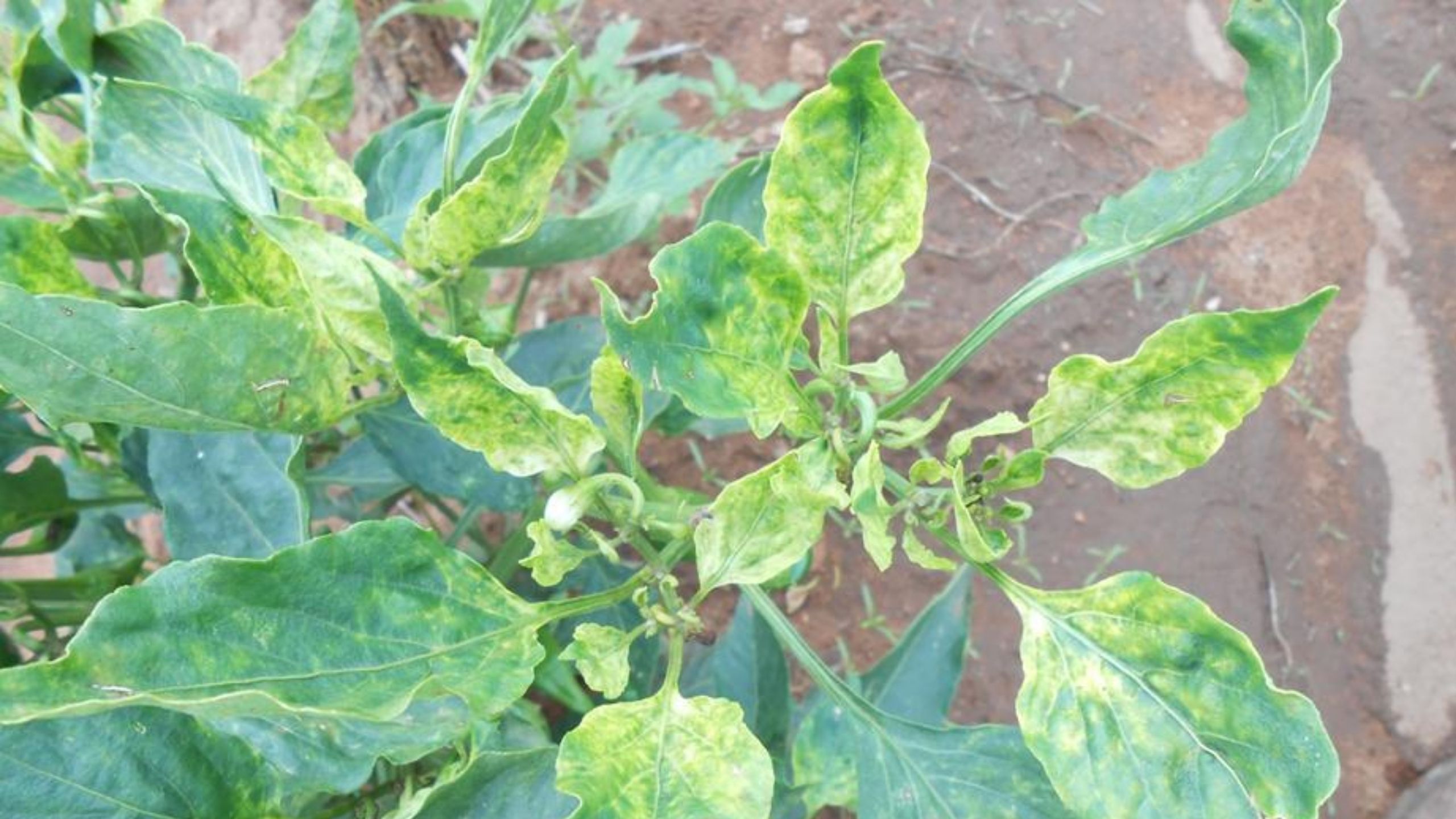
The non-culturable bacterium Candidatus Liberibacter solanacearum infects peppers. Bacteria are transmitted by potato psyllids. Bacteria are transmitted throughout the lifetime of the insect and can also infect tomatoes and potatoes.
Corn Smut
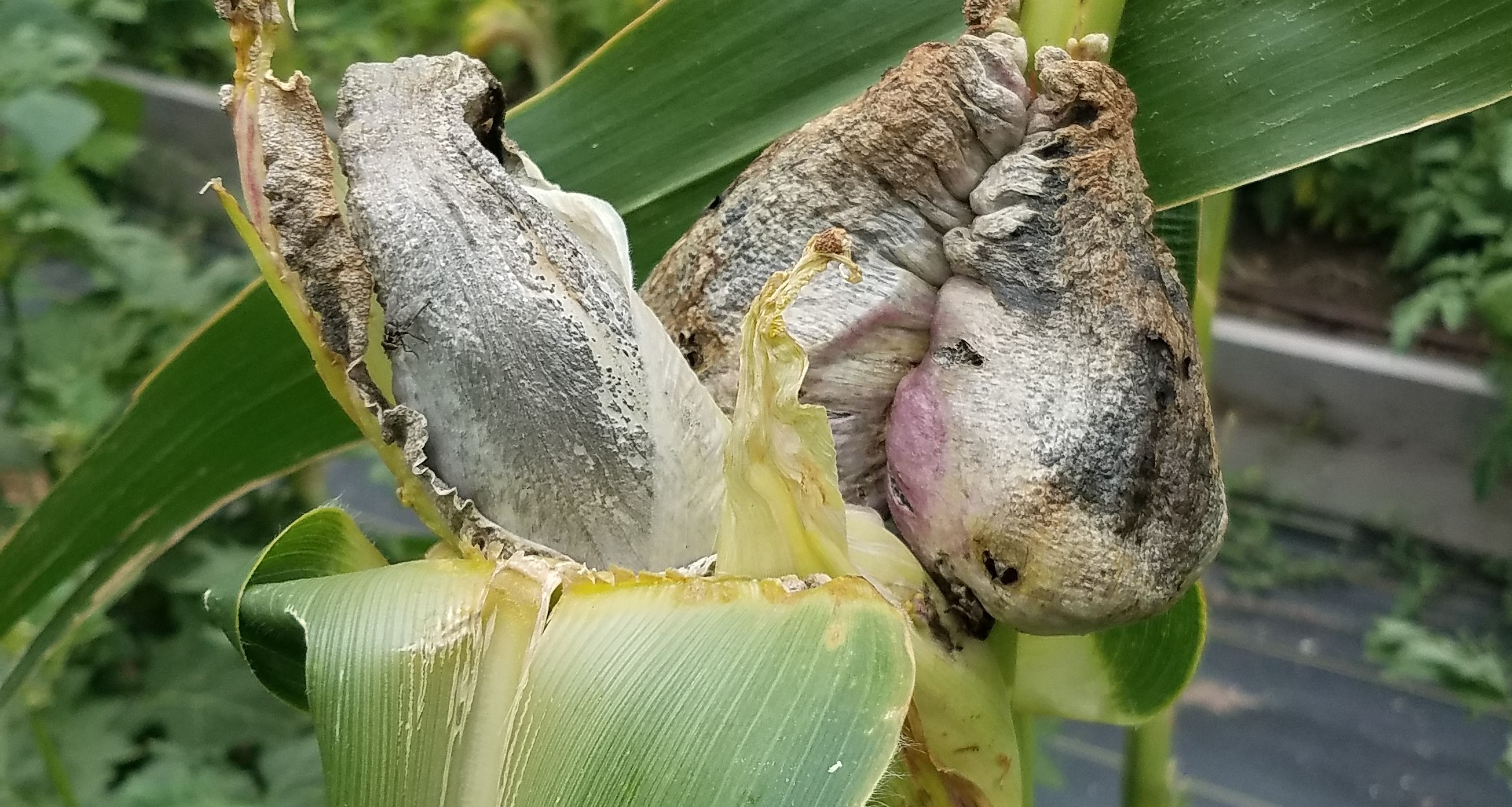
Corn smut is a fungal disease that causes swellings (galls) on ears, leaves, stalks, and tassels
of sweet and field corn. Smut is rarely observed in Utah and is not considered economically important for grain production.
Curly Top of Tomato

Beet Curly Top Virus (BCTV) is taxonomically a Curtovirus in the Geminiviridae family of plant pathogenic viruses. It is vectored, or carried, by the beet leafhopper (BLH) insect. BCTV causes curly top of tomato, a comon disease in Utah and the western U.S.
Damping-Off
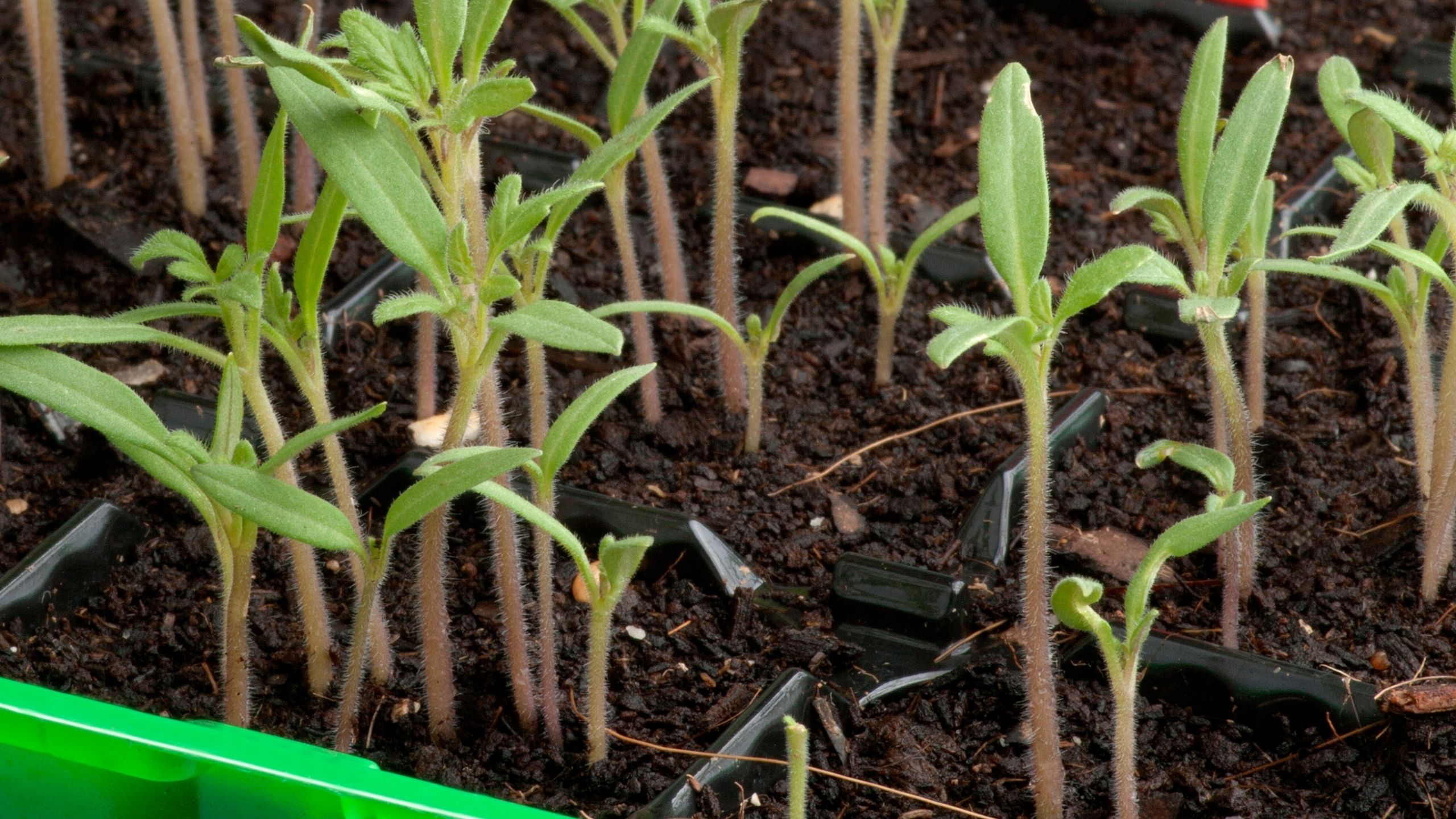
Damping-off is caused by several soilborne fungi. The fungi thrive in wet conditions. Some have motile spores that can swim in water from root to root. It can easily be prevented by good sanitation and good cultural practices.
Fusarium and Verticillium Wilts of Vegetables
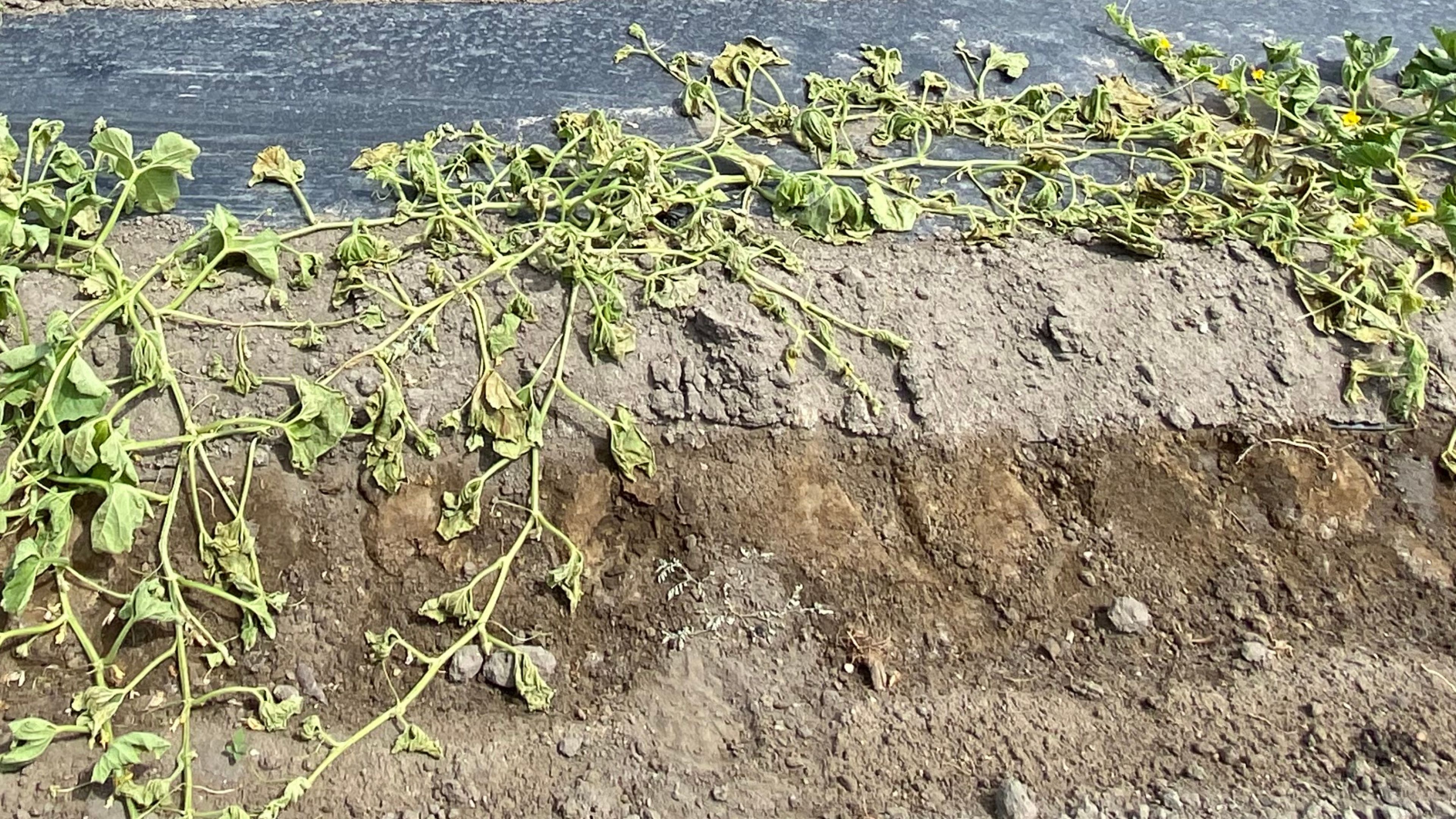
Fusarium wilt and Verticillium wilt are both soilborne fungal diseases that affect many vegetable crops grown in Utah. Both cause similar symptoms in their hosts.
Iris Yellow Spot Virus in Onions
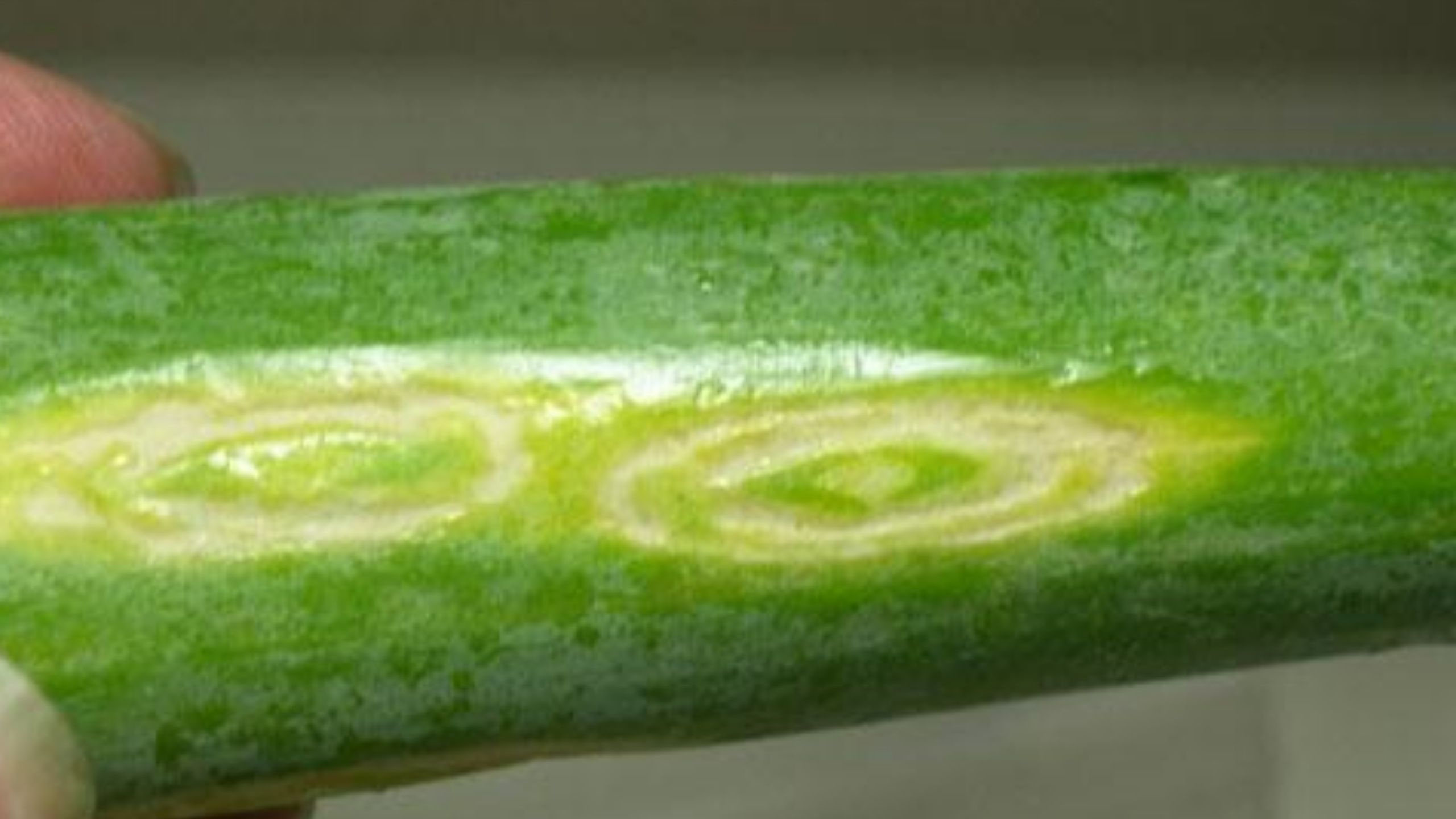
Iris Yellow Spot Virus (IYSV) is a damaging viral pathogen of onions. The disease can devestate an onion field by destroying the photosynthetic area of the leaves of infected plants.
Powdery Mildew on Onions
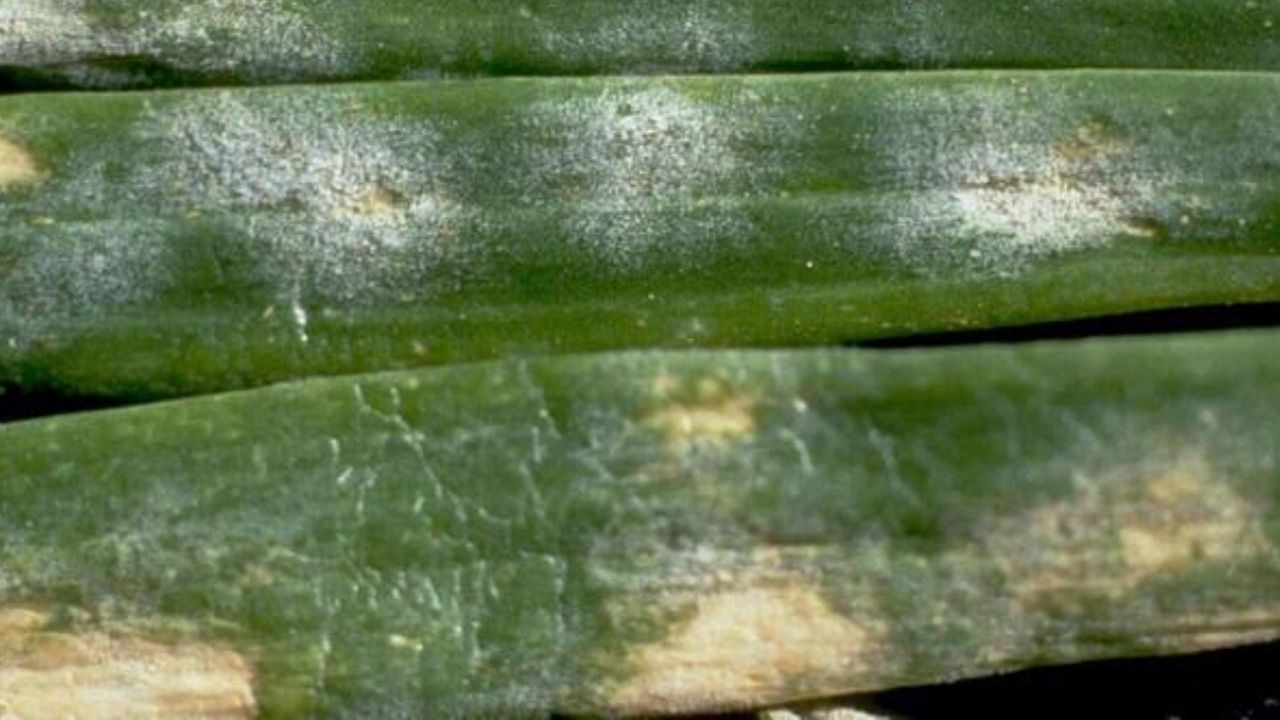
Leveilula taurica is a powdery mildew fungus capable of infecting onions, garlic, and over 1000 plants in various genera and species. The pathogen can only grow on living host tissues.
Powdery Mildew on Vegetables
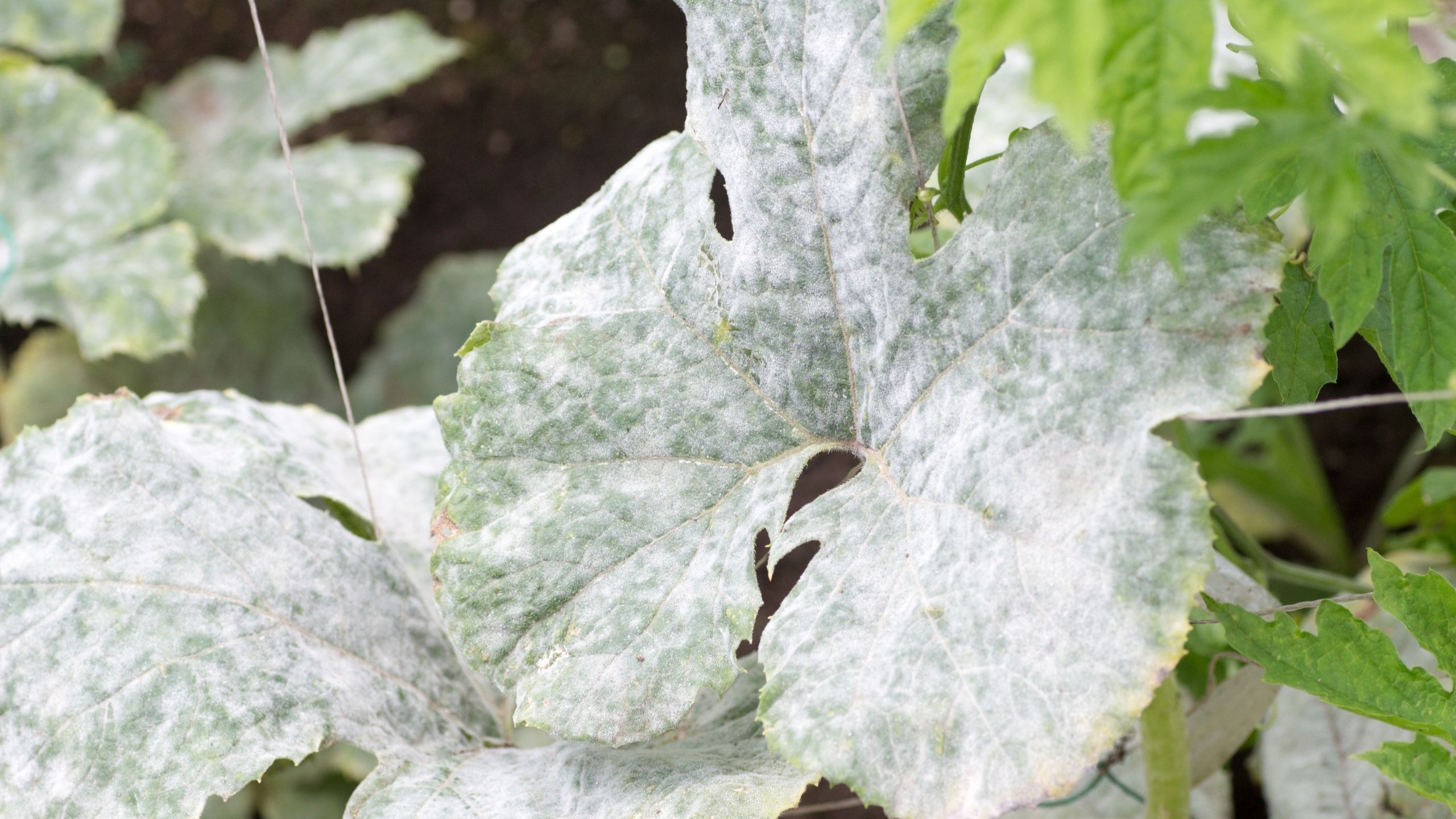
Powdery mildew is widespread in Utah and affects many vegetable, fruit, and landscape plants. There are several species of powdery mildew fungi, and typically they target just a single host, or only hosts in related plant families.
Pink Root Disease of Onions
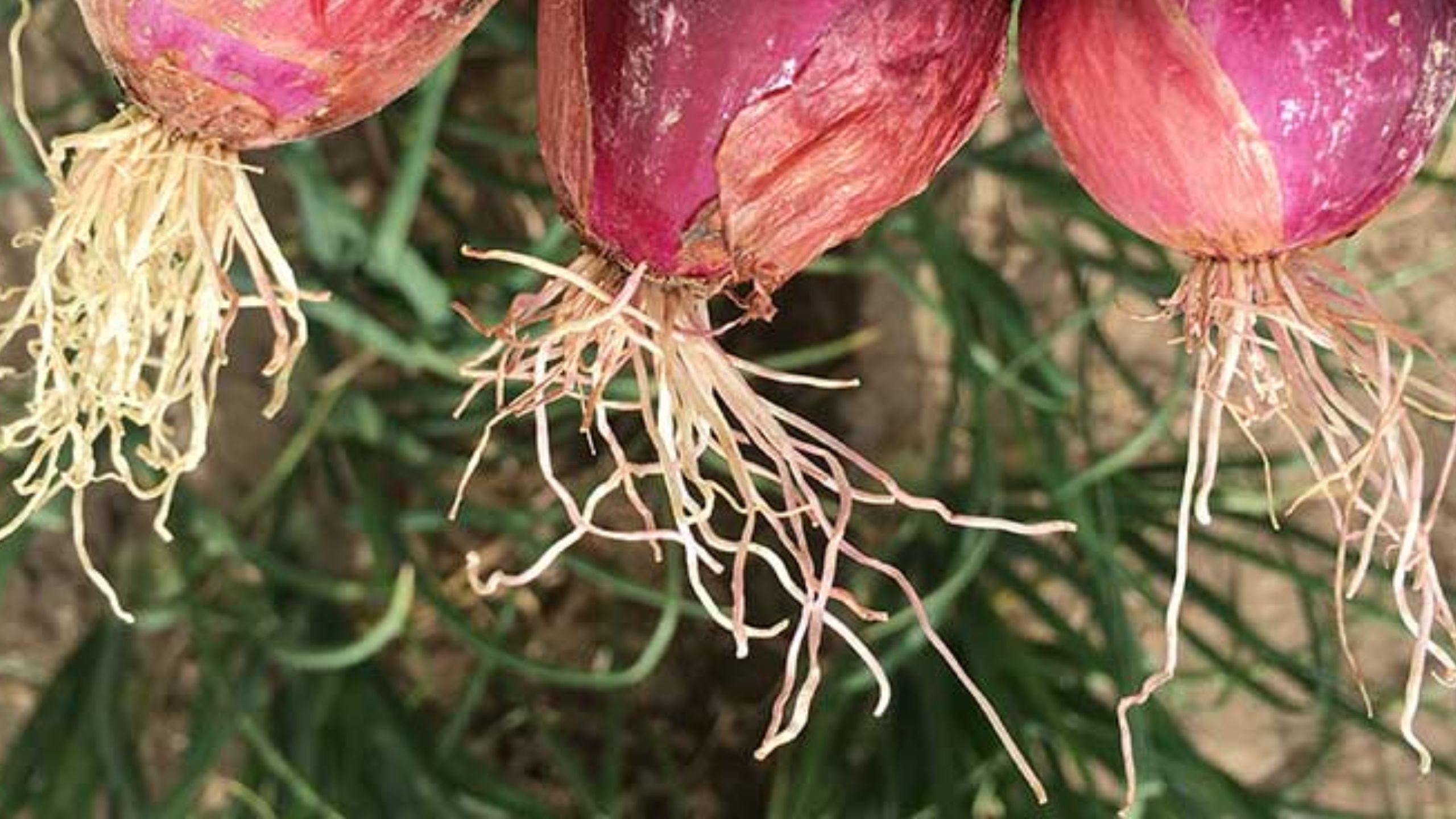
The disease is caused by the fungus Phoma terrestris. Fungus is commonly found in soil. Infects roots but not basal plate or fleshy scales. Disease can get worse when onions are planted after cereals or in very short rotation with onion.
The Backyard Garden: Bean Pests
A short summary of the top insect and disease pests of beans and how they are managed by the backyard gardeners.
The Backyard Garden: Cole Crops Pests
A short summary of the top insect and disease pests of cole crops and how they are managed by the backyard gardeners.
The Backyard Garden: Garlic Pests
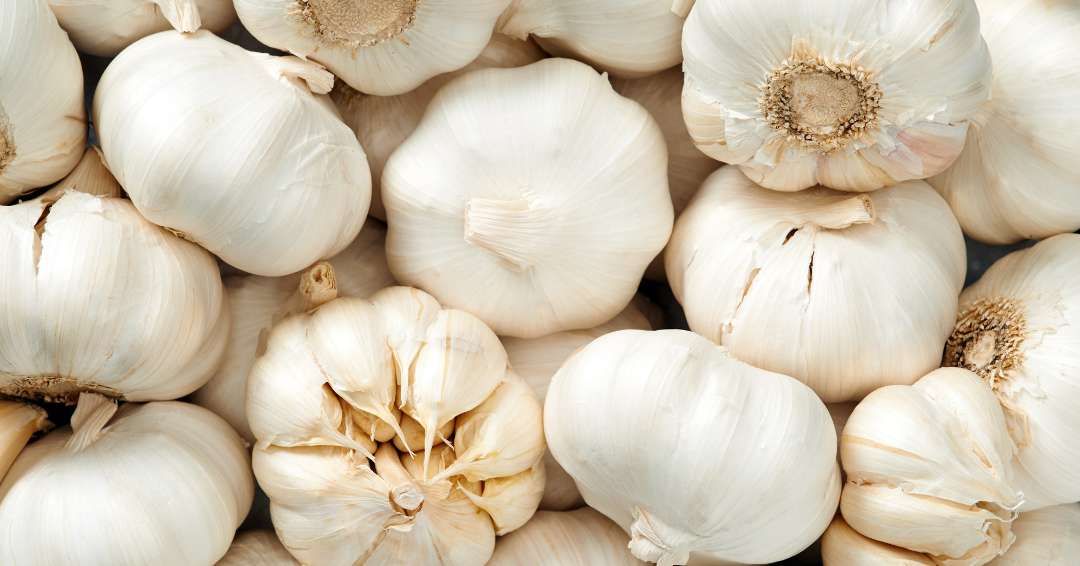
A short summary of the main insect and disease pests of garlic and how they are managed by the backyard gardeners.
The Backyard Garden: Leafy Greens Pests
A short summary of the top insect and disease pests of leafy greens and how they are managed by the backyard gardeners.
The Backyard Garden: Pea Pests
A short summary of the main insect and disease pests of peas and how they are managed by the backyard gardeners.
The Backyard Garden: Tomato Pests
A short summary of the main insect and disease pests of tomato and how they are managed by the backyard gardeners.
Tomato/Tobacco Mosaic Virus
TMV/ToMV is transmitted
from handling contaminated
tobacco products. TMV/ToMV
is also transmitted by handling
infected plants.
Tomato Spotted Wilt Virus of Tomato & Pepper
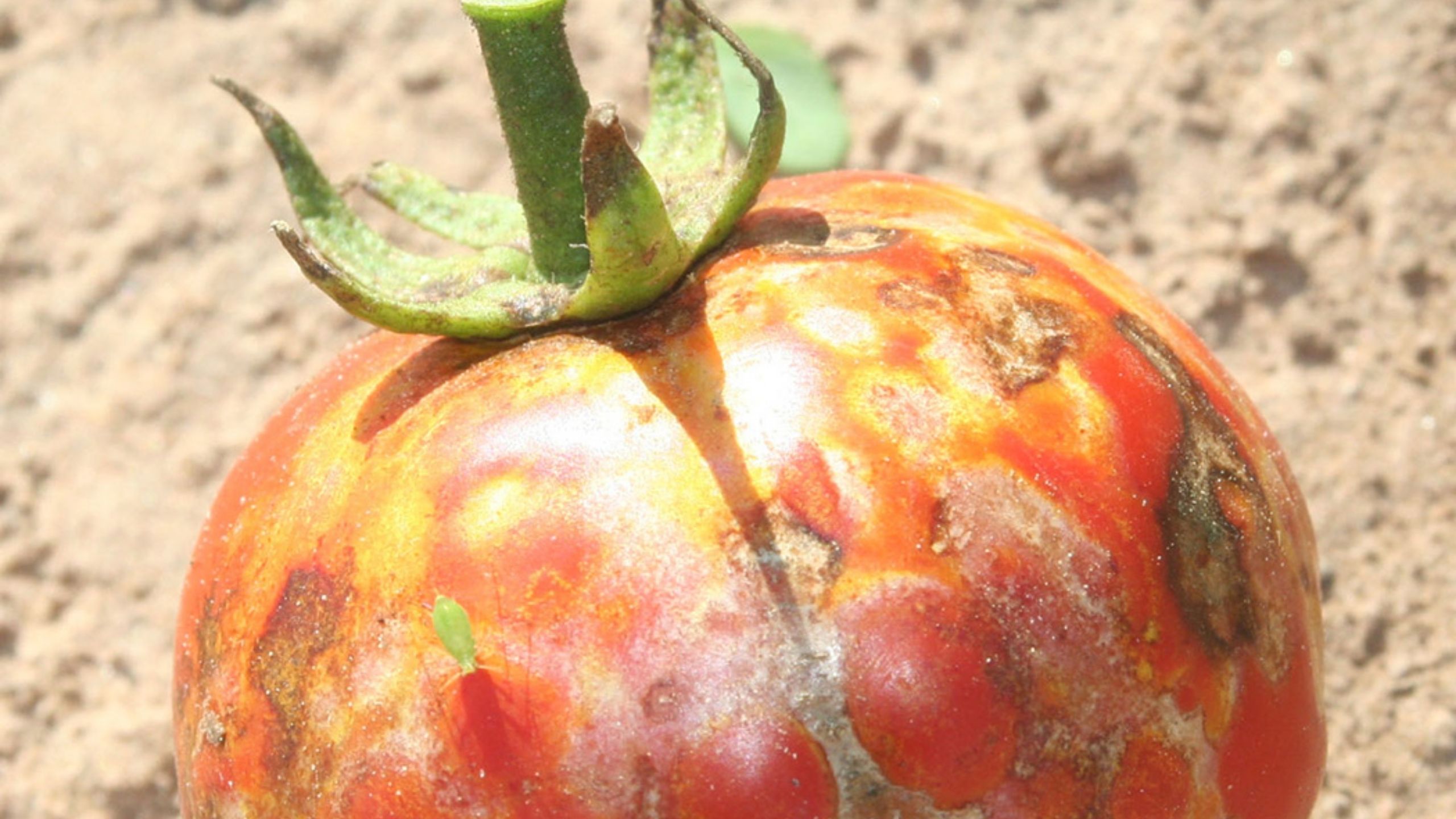
Tomato spotted wilt virus (TSWV) most commonly affects tomatoes, peppers and tomatillos. It has also been found in ornamental plants such as blanket flower, and zinnia and weeds. TSWV has become more prevalent in Utah in recent years.
Zebra Chip Disease of Potato
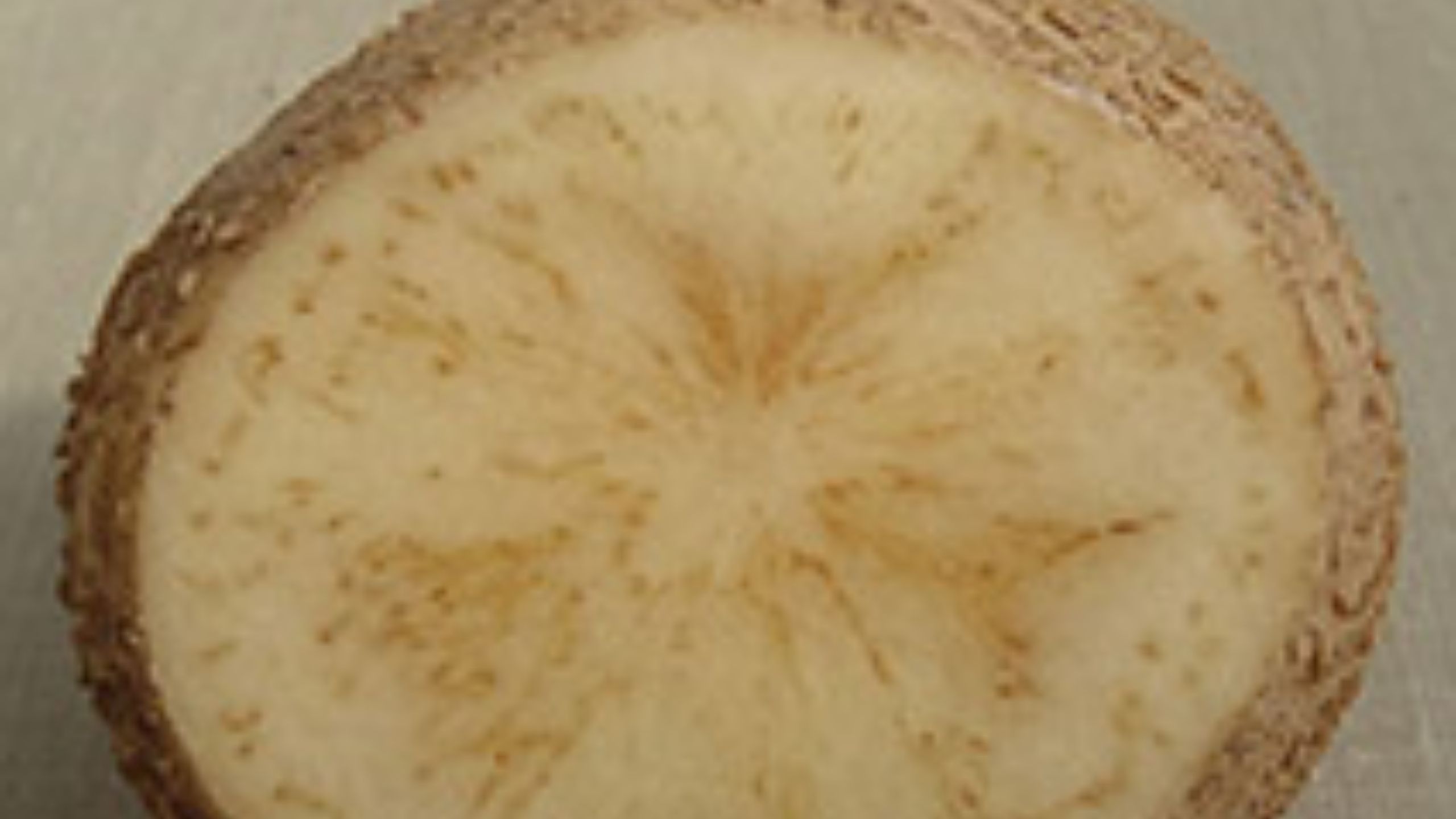
The non-culturable bacterium Candidatus Liberibacter solanacearum causes zebra chip disease of potatoes. Bacteria are transmitted by potato psyllids. Bacteria are transmitted throughout the lifetime of the insect and can also infect tomatoes and peppers.


